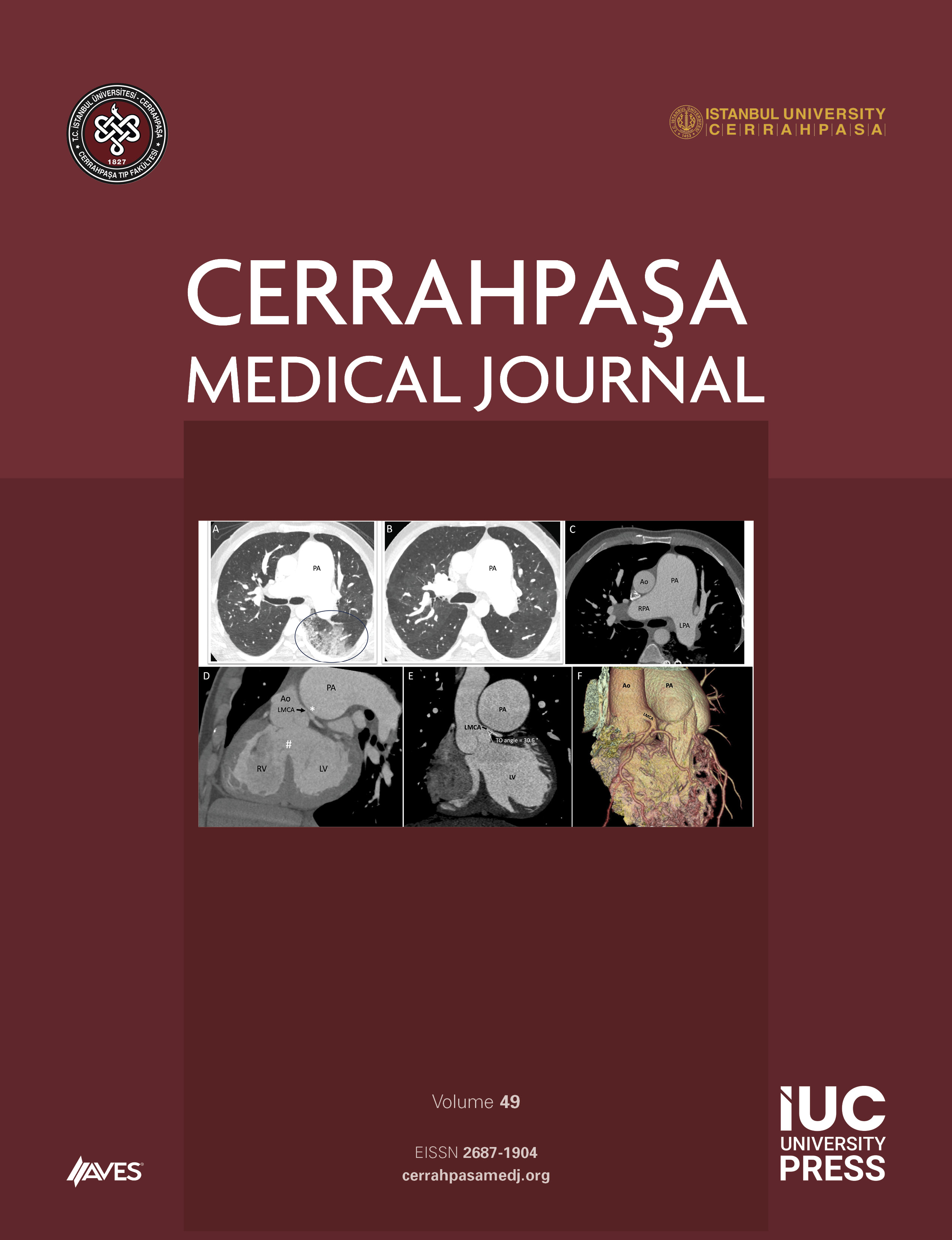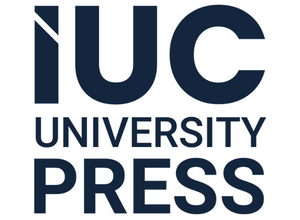Introduction: Cardiac injuries are life-threatening conditions. The aim of this study was to evaluate the incidence, outcomes, and pathophysiology of cardiac injuries, as well as concomitant pathologies, risk factors, and clinical presentations over a 19-year period.
Methods: Thirty-four patients who underwent surgical intervention due to penetrating or iatrogenic cardiac injuries were retrospectively analyzed between January 2000 and April 2019. The study analyzed various factors including the duration of time before admission to the emergency service, initial vital status, preoperative resuscitation, presence of cardiac tamponade, type, extent, and localization of the injury, surgical approach, injury severity score, and duration of hospital-intensive care unit stays.
Results: Significant predictors of mortality included preoperative cardiopulmonary resuscitation, cardiac tamponade, initial Glasgow Coma Scale < 9, time elapsed to reaching the hospital, and initial systolic blood pressure. The overall mortality rate was 32.4%. The right ventricle was the most frequently injured (58.8%). In 82.4% of cases, sternotomy was performed, while thoracotomy was performed in 17.6% of cases. The average injury severity score was calculated as 52.29 ± 27.69, indicating a significant level of trauma. Furthermore, a majority of the victims, specifically 76.5%, suffered from severe injuries with an ISS score greater than 25.
Conclusions: The most common cause of cardiac injury was penetrating injuries, with the right ventricle being the most frequently affected site. Prompt diagnosis and intervention are crucial. Therefore, the elapsed time for transferring patients to the hospital under optimal conditions is of significant importance and could improve survival rates.
Cite this article as: Arapi B, Deşer SB. Revisiting predictors of mortality and analysis of the patients with penetrating and iatrogenic cardiac injuries. Cerrahpaşa Med J 2025; 49, 0044, doi: 10.5152/cjm.2025.24044.



